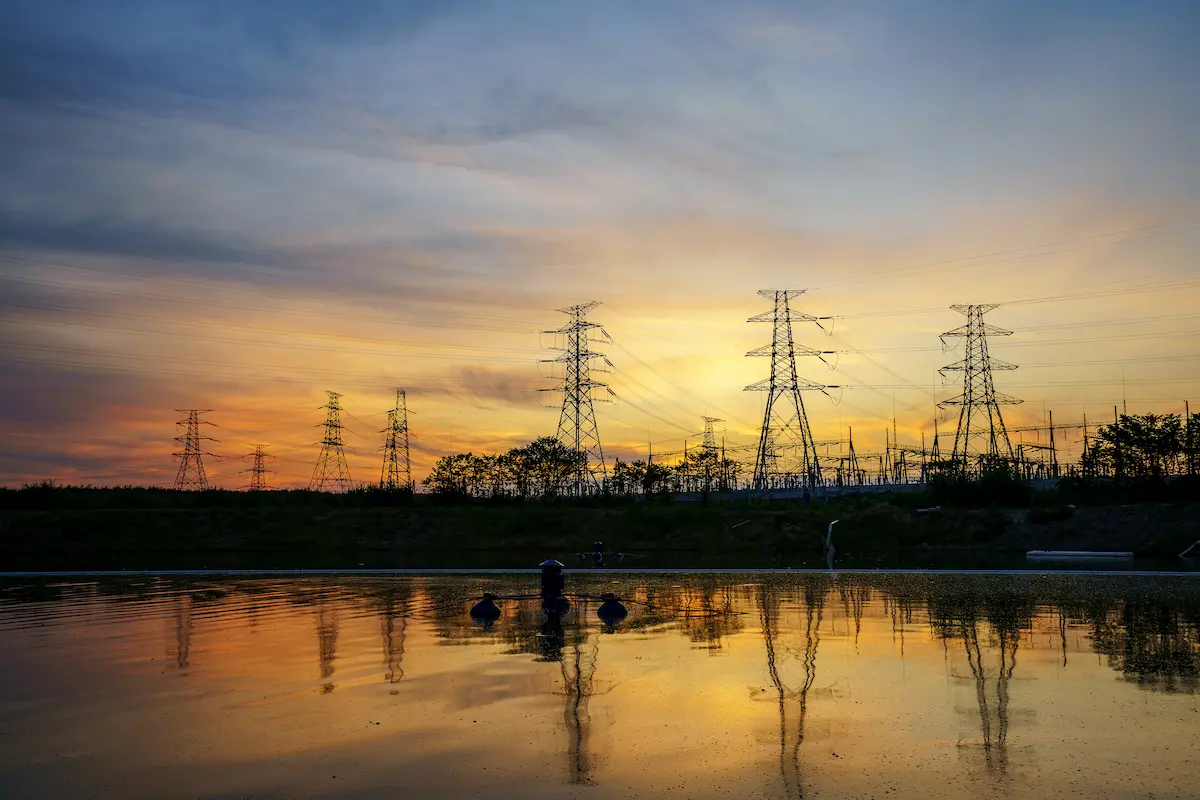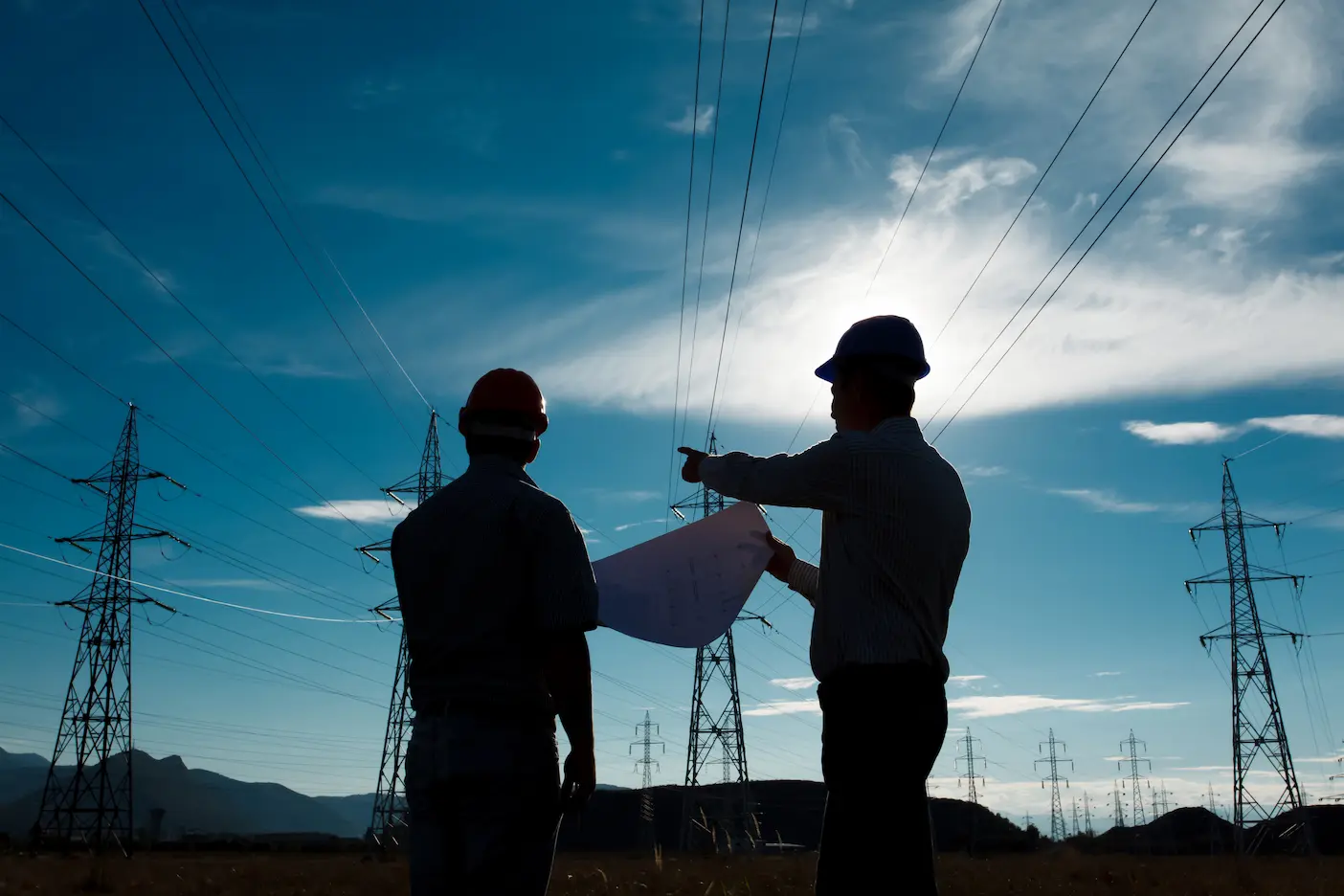
The European PPA landscape: a new trend is taking shape
It is widely known that electricity markets across Europe in particular, have experienced extreme volatility over the past few years given the energy demand and supply shocks we have witnessed. We have gone from rock-bottom prices at the beginning of this decade, mainly due to demand destruction following the Covid-related shutdowns, to sustained
price spikes exacerbated by the outbreak of the Russia-Ukraine war.
Electricity price volatility has resulted in significant consequences to the economic and commercial viability of renewable energy projects, most notably:
-
- Increased balancing costs hurting revenues from the sale of electricity;
-
- Increased initial and variation margins making it more costly to trade on forward and futures markets;
-
- Increased counterparty credit risk associated with the higher probability of market players unable to meet delivery obligations;
-
- Lower market liquidity particularly for longer-term transactions.
These heightened risks for renewable energy investors and their hedging counterparties have, to a large extent, offset the revenues expected from the higher electricity prices. As a result, it was not uncommon to discover that, in many jurisdictions, forward markets had dried up: it became almost impossible to find an off-taker willing to pay a price close to the then-current spot prices, for tenors longer than three years. The prospect of obtaining a 10- year fixed-price Power Purchase Agreements (PPA) – oftentimes, a prerequisite for project finance – had all but disappeared.
The trade-off between PPAs and merchant revenue models
In early 2023, we saw the re-emergence of 10-year PPAs being offered by energy traders, giving developers some respite but at prices significantly below the then-current spot levels. Technically speaking, the price curve was in backwardation, with short-term prices trading much higher than deliveries farther out.
Corporate buyers then joined the party, attracted by the discounts to spot-prices that were possible when fixing long-term power offtake contracts. The problem with that for renewable asset owners is that corporates usually require baseload power shapes or pay-as- consumed as opposed to pay-as-produced profiles: not the ideal hedge for sellers having to buy electricity in night/shoulder hours sometimes at very high prices.
But the most interesting emerging trend was that some lenders started financing merchant projects for 50-60% of the capital cost, thus allowing developers to free-up capital and complete construction of their renewable energy power plants. Assets financed under a merchant revenue model could subsequently be refinanced at more favourable conditions.
This shift in lenders’ appetite for risk, has driven many developers not to hedge at all and instead benefit from the temporary high electricity spot prices, or hedging only the first one or two years at reasonable prices while using shorter term debt finance to free up equity.

And then the governments intervened…
The adoption of this strategy has been hindered by the introduction of revenue caps by regulators in several countries, with the ultimate goal of re-distributing resources from renewable asset owners regarded to be earning windfall profits, to energy consumers paying historically high utility bills. While the European Commission announced an EU-wide revenue cap of 180 EUR/MWh, each member state set its own cap, ranging from 67 EUR/MWh in Spain to 180 EUR/MWh in Italy, Czechia and Sweden. The result meant greater revenue uncertainty for project owners, triggering a higher cost of borrowing and a short term shortage in the supply of debt, allowing the remaining participating lenders to effectively command their price and hold project owners to ransom, albeit this was less pronounced for project owners that opted to enter into low-price, long-term PPAs.
Market Outlook
Despite electricity prices declining from their recent elevated levels, as at January 2024, average electricity spot prices across Europe were still north of 90 €/MWh, enough to service debt in the current high interest rate environment, and yet still deliver healthy returns to investors.
Given the phasing-out of both nuclear and coal-fired plants, more ambitious decarbonisation goals and soaring carbon certificate prices, electricity prices and the associated Guarantees of Origin (GoOs) look sticky at current high levels, barring additional energy supply shocks. Eventually, the current backwardation in electricity prices should subside thanks to the expected re-emergence of energy traders willing to assume more risk. This said, the macroeconomic factors discussed in this paper have shifted the risk-return profile for developers and financiers for the long-term and we expect to see the following developments in the coming years:
1 – Corporate buyers increasingly participating in the renewable energy market
2 – Increased need for price risk management and hedging expertise
3 – Lenders and investors being more willing to finance projects adopting short-term PPAs and merchant revenues
4 – Lenders showing more appetite for short-term debt solutions


